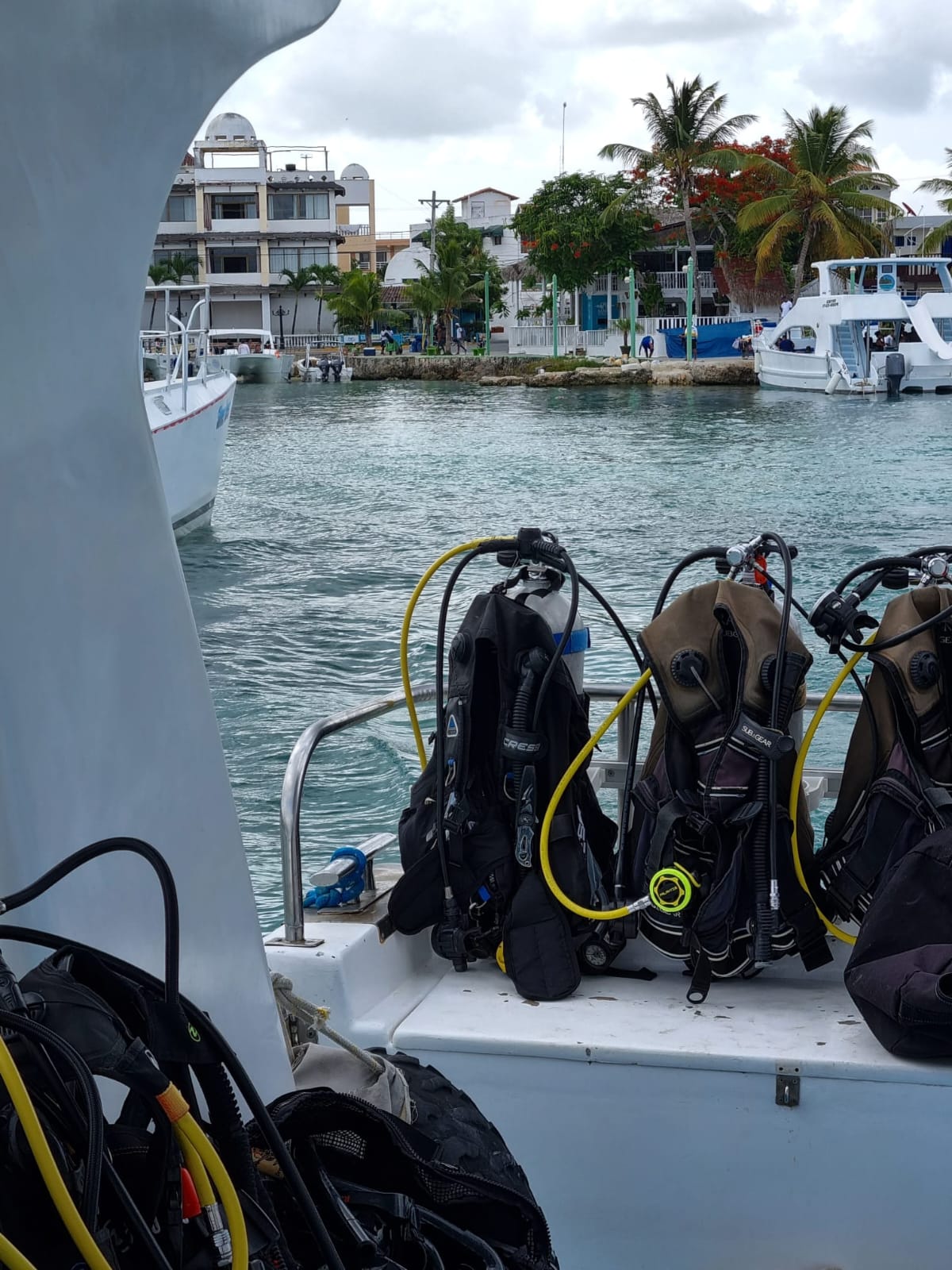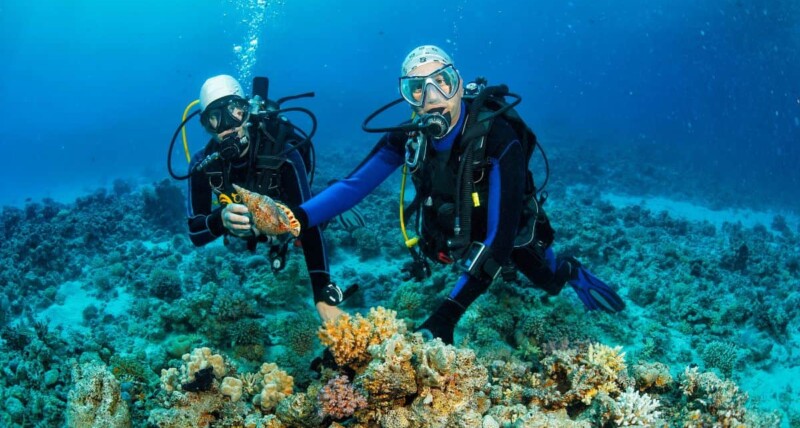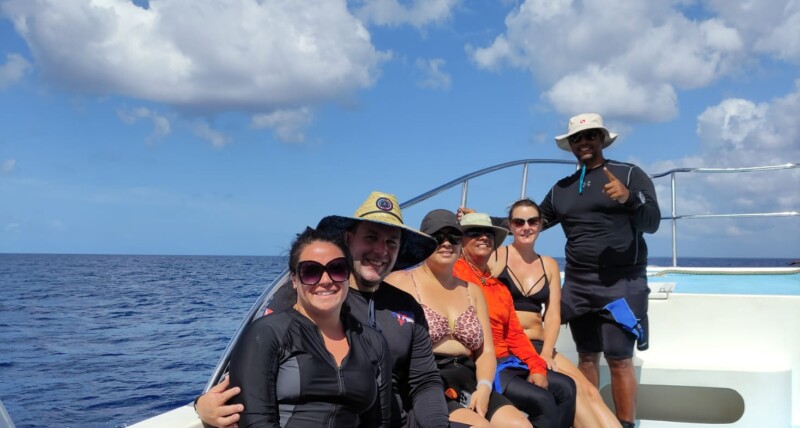Essential Snorkeling Gear for Beginner: What You Need to Get Started
Snorkeling offers a window into the vibrant underwater world, providing a unique perspective on marine life and ecosystems. However, to fully enjoy this experience, having the right gear is crucial. Proper equipment ensures not only comfort and ease of use but also safety. This guide covers everything you need to know about the essential gear for beginner snorkelers, helping you make informed choices as you embark on your underwater adventures.
Explore the wonders of the ocean with Private Dive Service!
At Private Dive Service, we plunge into the world of scuba diving to take your underwater experience to the next level. Based in Punta Cana, we specialize in providing customized and thrilling diving services to meet the needs of all our clients.
Explore our website to discover more: Private Dive Service
Don’t miss the chance to explore the underwater world with us! Contact us today.
Need immediate assistance? Connect with us via WhatsApp!: Chat with Us
Let’s venture together into the depths of the ocean with unforgettable diving experiences!
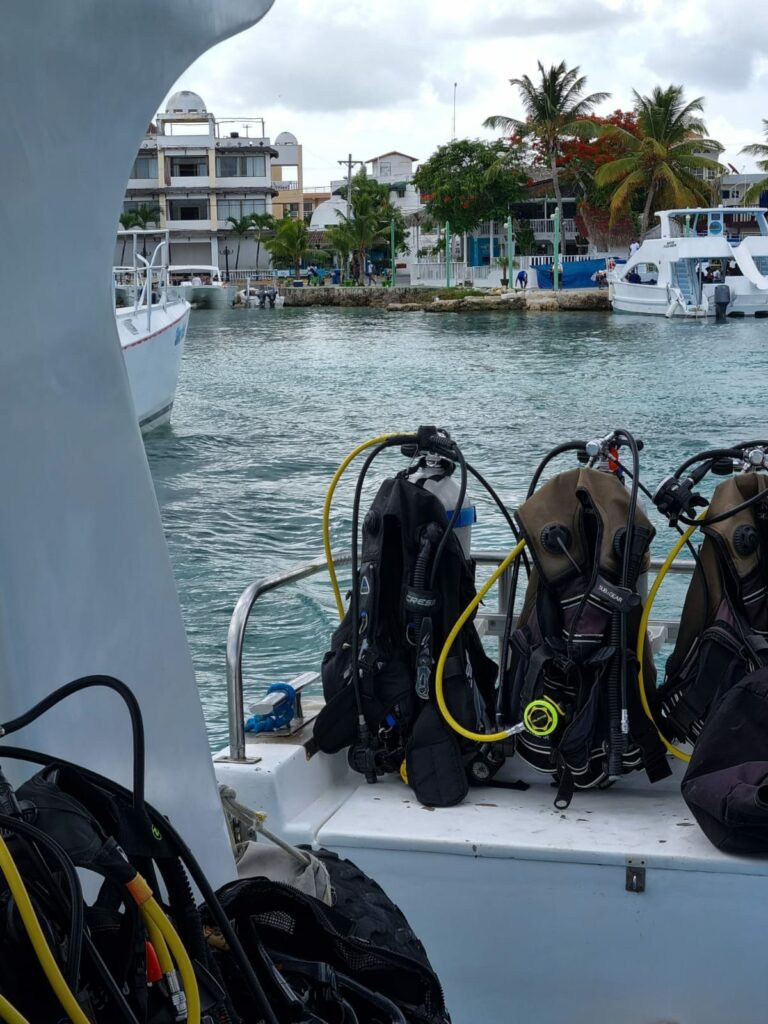
Basic Snorkeling Gear
Before diving into the ocean, you need to gather the basic snorkeling gear: a mask, snorkel, and fins. These three items form the core of your snorkeling setup and are essential for a comfortable and enjoyable experience.
Choosing the Right Mask
A good snorkeling mask is critical for clear vision and comfort underwater. Here are the key factors to consider:
- Fit: The mask should form a watertight seal on your face without being too tight. A good fit prevents water from leaking in and ensures you can snorkel comfortably for extended periods.
- Lens Types: Masks come with single, double, or multiple lenses. Single lens masks offer an unobstructed view, while double lenses provide better fit and are easier to clear if they fog up.
- Skirt Material: The skirt is the part of the mask that seals against your face. Silicone skirts are more durable and comfortable compared to rubber skirts, which can degrade over time.
Selecting a Snorkel
The snorkel allows you to breathe while keeping your face submerged. When choosing a snorkel, consider the following:
- Types of Snorkels: There are three main types—classic, semi-dry, and dry snorkels. Classic snorkels are simple tubes, semi-dry snorkels have a splash guard to reduce water entry, and dry snorkels have a valve that closes when submerged to keep water out completely.
- Features to Look For: Look for features like purge valves, which help clear water from the snorkel, and comfortable mouthpieces that reduce jaw fatigue.
- Materials: Opt for snorkels made from high-quality, durable materials like silicone for the mouthpiece and flexible, shatter-resistant plastic for the tube.
Picking the Perfect Fins
Fins provide the propulsion needed to move efficiently through the water. Here’s what to consider when choosing fins:
- Types of Fins: Full-foot fins cover your entire foot and are more streamlined, while open-heel fins have adjustable straps and are worn with booties, offering a customizable fit.
- Sizing: Properly fitting fins should be snug but not tight. They should stay securely on your feet without causing discomfort.
- Material Options: Fins can be made from various materials, including rubber, plastic, and composite materials. Each has its benefits in terms of flexibility, durability, and performance.
Snorkeling Wetsuits
Wetsuits provide thermal protection and buoyancy, making them an important consideration for snorkeling, especially in cooler waters.
- Why You Need One: Wetsuits help maintain body temperature, protect against sunburn and stings, and provide additional buoyancy.
- Types: Wetsuits come in different thicknesses and styles, from shorties (short sleeves and legs) to full suits. Choose one based on the water temperature and your comfort needs.
- How to Choose the Right One: Ensure the wetsuit fits snugly without restricting movement. Consider the water temperature and choose a thickness that provides adequate warmth.
Snorkeling Vests
Snorkeling vests are essential for added buoyancy and safety, especially for beginners.
- Benefits: Vests provide extra buoyancy, making it easier to float and conserve energy. They also add a layer of safety in case of fatigue.
- Types: There are inflatable vests, which you can adjust for buoyancy, and non-inflatable vests that provide constant buoyancy.
- Choosing the Right Vest: Look for vests with adjustable straps and secure closures. Comfort and ease of inflation/deflation are also important considerations.
Snorkeling Footwear
Proper footwear protects your feet from sharp rocks, coral, and sea creatures.
- Importance: Footwear prevents cuts and stings, providing comfort and protection while walking on rocky or uneven surfaces.
- Types: Water shoes, dive boots, and fin socks are common options. Choose based on the type of snorkeling you plan to do and the environment.
- Features to Consider: Look for footwear with sturdy soles, quick-drying materials, and a secure fit to ensure protection and comfort.
Defogging Solutions
Clear vision is crucial for an enjoyable snorkeling experience. Defogging solutions help keep your mask fog-free.
- Why It’s Important: Foggy masks obscure your view and can be frustrating. Using defogging solutions ensures you can see clearly throughout your snorkeling session.
- Types: Commercial defogging sprays and gels are available, as well as DIY options like diluted baby shampoo or saliva.
- DIY Solutions: Mixing baby shampoo with water in a small spray bottle makes an effective and inexpensive defogger.
Snorkel Bags
A snorkel bag helps you organize and transport your gear conveniently.
- Importance: Keeping your gear organized and protected from damage is essential, especially when traveling.
- Types: Mesh bags allow for easy drainage and drying, while more durable, padded bags offer additional protection for your gear.
- Features to Consider: Look for bags with multiple compartments, durable zippers, and comfortable carrying straps.
Snorkeling Accessories
Various accessories can enhance your snorkeling experience.
- Dry Bags: Keep your valuables dry while you’re in the water.
- Underwater Cameras: Capture the beauty of the underwater world.
- Dive Knives: Useful for cutting fishing lines or seaweed if you get entangled.
- Snorkel Keepers: Attach your snorkel to your mask securely.
Safety Gear
Safety should always be a priority when snorkeling.
- Importance: Safety gear ensures you are prepared for emergencies and helps prevent accidents.
- Types: In addition to vests, consider safety whistles, signaling mirrors, and first aid kits.
- Best Practices: Always snorkel with a buddy, know your limits, and stay aware of your surroundings.
Child Snorkeling Gear
Children need specialized gear that fits their smaller sizes and keeps them safe.
- Key Differences: Child-sized masks, snorkels, and fins ensure a proper fit and easier use.
- Safety Tips: Teach children basic snorkeling skills and ensure they are always supervised.
- Recommended Gear: Look for gear designed specifically for children, with features like soft silicone and adjustable straps.
Budgeting for Snorkeling Gear
Planning your budget helps you get the best gear without overspending.
- How to Budget: Determine your needs and prioritize essential items first.
- Where to Save: Consider second-hand options or budget-friendly brands for less critical items.
- Where to Invest: Invest in high-quality masks, snorkels, and fins, as these are crucial for your comfort and safety.
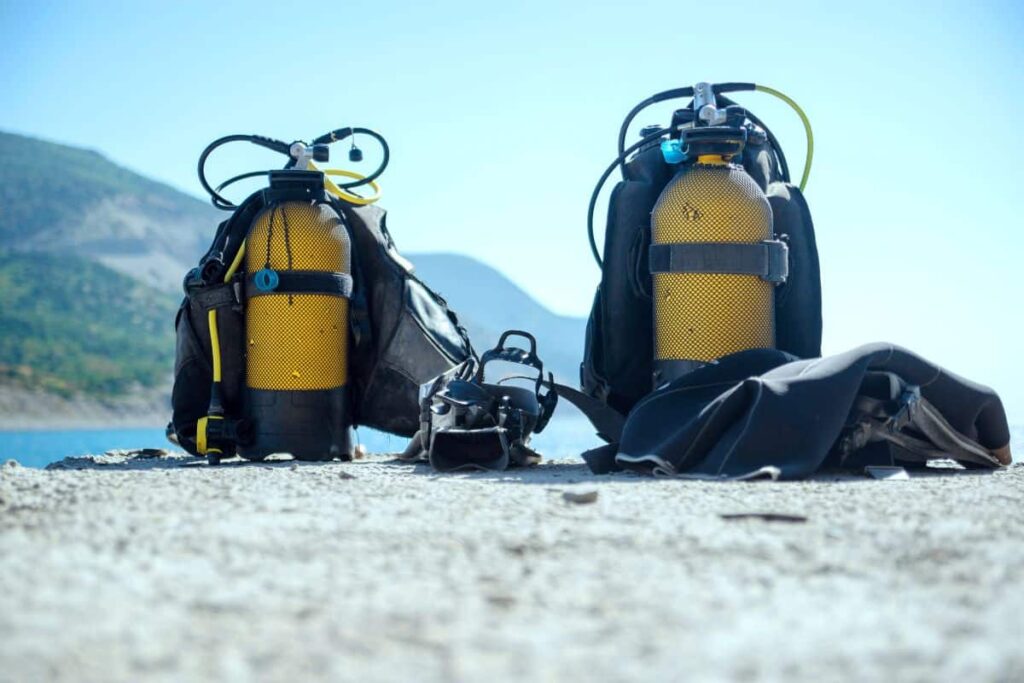
Maintaining Your Snorkeling Gear
Proper maintenance extends the life of your gear.
- Cleaning: Rinse gear with fresh water after each use and let it dry completely before storing.
- Storage: Store gear in a cool, dry place, away from direct sunlight.
- Repairs: Learn basic repair techniques for common issues like mask leaks or fin tears.
Traveling with Snorkeling Gear
Packing your gear efficiently ensures it’s protected and ready for use.
- Packing Tips: Use protective cases or bags, and pack gear in your carry-on if possible to avoid damage.
- Travel-Friendly Gear: Consider collapsible or lightweight options for easier transport.
Environmental Considerations
Choose eco-friendly gear and practice responsible snorkeling.
- Choosing Eco-Friendly Gear: Look for products made from sustainable materials and companies with green practices.
- Best Practices for Snorkeling: Avoid touching or disturbing marine life, and never leave trash behind.
Top Brands for Snorkeling Gear
Investing in reputable brands can enhance your snorkeling experience.
- Overview of Top Brands: Brands like Cressi, Mares, and Aqua Lung are known for quality and durability.
- Features of Each: Consider the unique features and innovations each brand offers.
DIY Snorkeling Gear
Some gear can be made at home, but it’s important to know the pros and cons.
- What You Can DIY: Simple items like defogging solutions or snorkel keepers.
- Pros and Cons: DIY can save money, but might not offer the same quality or safety as professional gear.
Where to Buy Snorkeling Gear
Choosing the right place to buy your gear is crucial.
- Online vs. Local Stores: Online stores often offer more variety and better prices, while local stores provide the opportunity to try gear before buying.
- Tips for Buying Online: Read reviews, check return policies, and ensure you’re buying from reputable sellers.
Snorkeling Etiquette
Respect the marine environment and fellow snorkelers.
- Best Practices: Avoid touching marine life, be mindful of your fins, and respect local regulations.
- Dos and Don’ts: Do be aware of your surroundings and don’t feed the fish.
Common Mistakes to Avoid
Avoiding common mistakes can enhance your snorkeling experience.
- Gear Selection: Ensure all gear fits properly and is suitable for your needs.
- Usage: Practice using your gear before hitting the water.
- Maintenance: Regularly clean and inspect your gear for damage.
Advanced Snorkeling Gear
As you gain experience, you may want to upgrade your gear.
- When to Upgrade: Upgrade when you need better performance, comfort, or durability.
- Types of Advanced Gear: Consider items like advanced fins, full-face masks, and high-tech cameras.
- Benefits: Improved comfort, enhanced underwater experiences, and better safety features.
Snorkeling Gear for Different Conditions
Different environments require different gear considerations.
- Tropical vs. Cold Water: Wetsuit thickness and types of fins vary based on water temperature.
- Reef vs. Open Ocean: Consider additional safety gear for open ocean snorkeling.
Popular Snorkeling Destinations
Gear considerations for various snorkeling hotspots.
- Gear Considerations for Each Destination: Different locations might require specific gear, such as full wetsuits for colder waters or more robust fins for strong currents.
Snorkeling Gear for Underwater Photography
Capture your snorkeling adventures with the right gear.
- Camera Options: Waterproof cameras, action cams, and underwater housings.
- Accessories: Mounts, lights, and filters enhance your photos.
- Tips: Practice using your camera gear and learn about the local marine life for better shots.
Innovative Snorkeling Gear
Stay up-to-date with the latest gear innovations.
- Latest Trends: Full-face masks, advanced snorkels with integrated cameras, and eco-friendly materials.
- New Technologies: Look for gear with better comfort, safety features, and improved performance.
- Benefits: Enhanced snorkeling experience, greater safety, and environmental benefits.
Reviews of Popular Snorkeling Gear
In-depth reviews help you choose the best gear.
- Detailed Reviews: Consider the pros and cons of popular masks, snorkels, fins, and accessories.
- Pros and Cons: User feedback and expert reviews provide valuable insights.
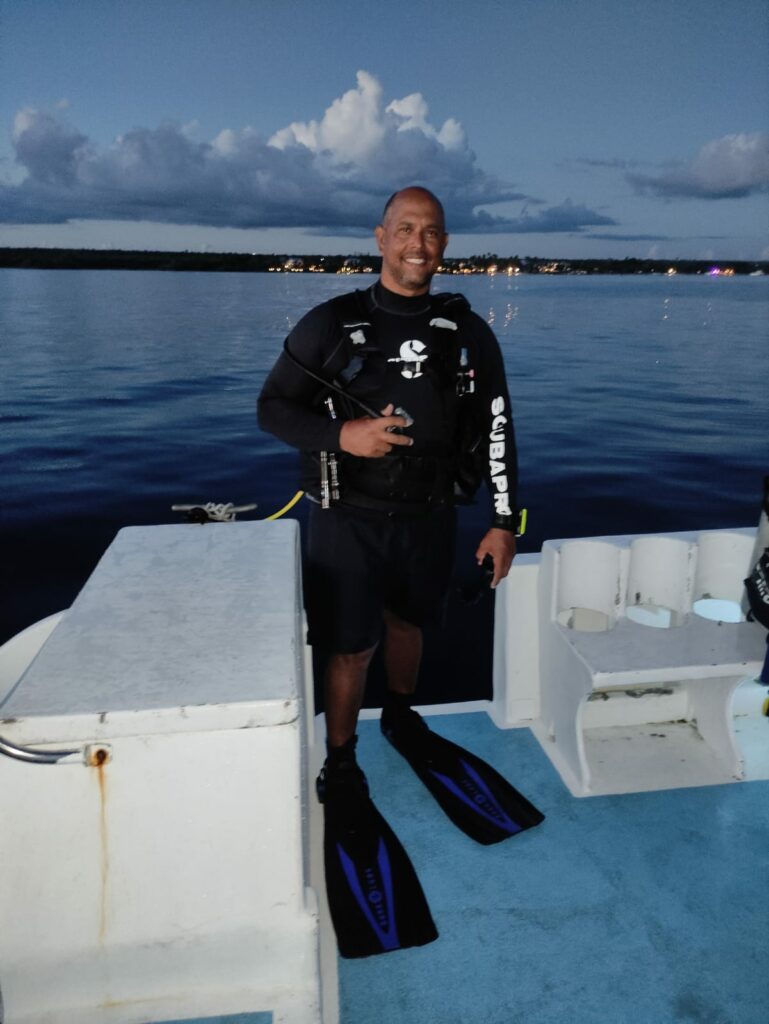
FAQs
Common questions about snorkeling gear answered.
What is the best type of mask for beginners?
For beginners, the best type of mask is a low-volume, single-lens mask. These masks offer a wide field of vision and are easier to clear of water. Look for masks made from high-quality silicone, as they provide a better seal and more comfort. Adjustable straps are also important for a secure fit. A mask with a tempered glass lens is recommended for durability and safety.
How do I prevent my mask from fogging?
Preventing mask fogging can be achieved through several methods:
- Pre-treatment: Before your first use, apply a small amount of non-abrasive toothpaste to the inside of the lens and rinse thoroughly. This helps remove any residue from manufacturing.
- Anti-fog solutions: Use commercial anti-fog sprays or gels designed for snorkeling masks. Apply the solution according to the instructions and rinse lightly.
- Saliva method: In a pinch, spit into your mask, rub it around, and rinse briefly with water. Your saliva acts as a temporary anti-fog coating.
- Proper fitting: Ensure your mask fits well to minimize gaps where warm air from your breath could cause fogging.
What is the difference between a dry and semi-dry snorkel?
The difference between a dry and a semi-dry snorkel lies in their water-blocking mechanisms:
- Dry snorkel: A dry snorkel has a valve at the top that seals off when submerged, preventing water from entering the tube. This feature makes it easier to breathe when diving below the surface, as the snorkel remains dry.
- Semi-dry snorkel: A semi-dry snorkel has a splash guard at the top that deflects water away from the tube. While it prevents most water from entering, it is not completely sealed, so some water may still enter when submerged.
How do I choose the right fin size?
Choosing the right fin size involves considering the following factors:
- Foot pocket fit: Your foot should fit snugly in the pocket without being too tight or loose. If the fins have adjustable straps, ensure they can be tightened comfortably.
- Sock/boot compatibility: If you plan to wear neoprene socks or boots, account for their thickness when selecting fin size. Some fins are designed specifically for use with booties.
- Try before buying: If possible, try on fins at a store or borrow from a friend to test the fit. Ensure they are comfortable and do not cause blisters or pressure points.
- Manufacturer sizing charts: Refer to the sizing charts provided by the fin manufacturer, as sizes can vary between brands.
Do I need a wetsuit for snorkeling in tropical waters?
In tropical waters, a wetsuit may not be necessary, but it can still be beneficial:
- Thermal protection: Even in warm waters, a wetsuit can provide additional warmth, especially during longer snorkeling sessions.
- Sun protection: A wetsuit offers protection against harmful UV rays, reducing the risk of sunburn.
- Protection from marine life: A wetsuit can guard against stings, scrapes, and other potential hazards in the water.
A thin, shorty wetsuit or a lycra rash guard may be sufficient for tropical waters, providing comfort and protection without overheating.
How do I maintain my snorkeling gear?
Maintaining your snorkeling gear involves regular cleaning and proper storage:
- Rinse with fresh water: After each use, rinse your mask, snorkel, and fins with fresh water to remove salt, sand, and debris. This helps prevent corrosion and extends the life of your gear.
- Dry thoroughly: Allow your gear to air dry completely before storing it. Avoid direct sunlight, as UV rays can degrade materials.
- Inspect for damage: Regularly check your gear for signs of wear, such as cracks in the mask lens, worn straps, or frayed fin edges. Replace damaged items promptly.
- Store properly: Store your gear in a cool, dry place. Avoid compressing or bending items, as this can cause deformation. Use a mesh bag for ventilation and to keep your gear organized.
By following these steps, you can ensure your snorkeling gear remains in good condition and ready for your next adventure.
Conclusion
Choosing the right gear is essential for a successful and enjoyable snorkeling experience. From masks and snorkels to fins and safety equipment, investing in quality gear ensures comfort, safety, and fun. Remember to maintain your equipment properly and stay informed about the latest gear innovations to enhance your underwater adventures.

